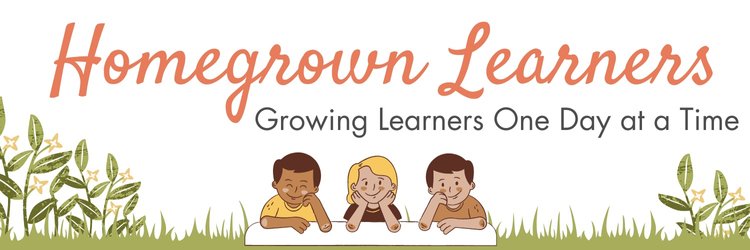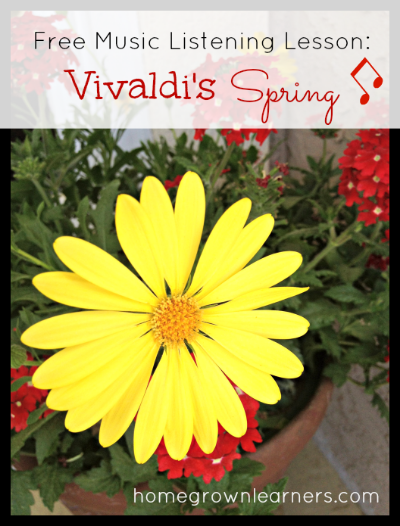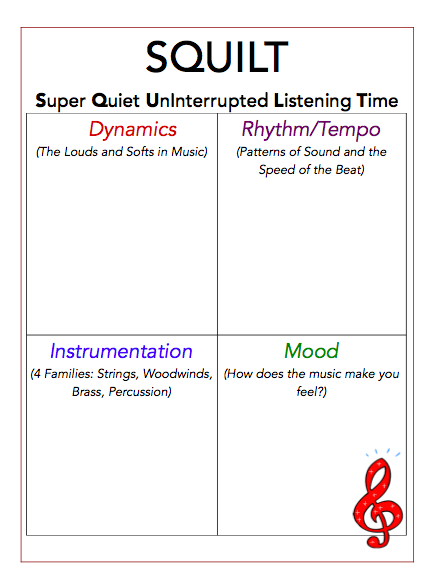
This SQUILT lesson is dedicated to all those superheroes out there.
If you're new to SQUILT, it is a way to ensure your children have quality music at least once (or more!) each week. It is a way to build listening skills, a critical ear, and attention. It gives your child a repertoire of great music.
No piece of music is more epic for a little (or big) superhero than the theme from Superman.





